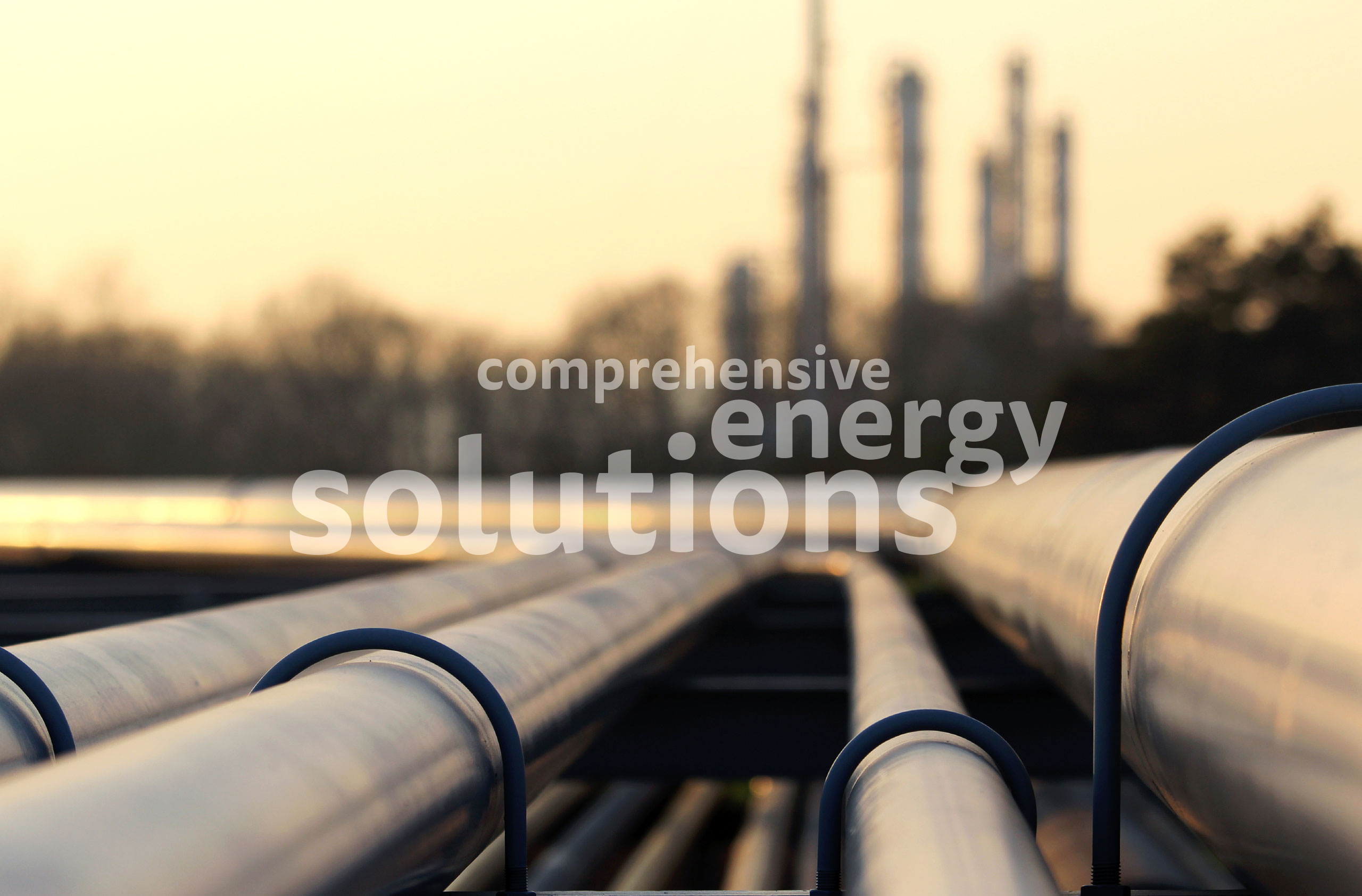Cogeneration and Trigeneration
Cogeneration or combined heat and power (CHP) is a process that captures wasted heat from power plant operations and then converts this excess heat into additional electricity and heating for the building.
Cogeneration is a thermodynamically efficient use of fuel. Building power plants generate heating and cooling for buildings, and in generating this process a portion of the energy is discarded as waste heat into the natural environment through cooling towers, flue gas, or by other means.
In contrast, adding a cogeneration system to an existing power plant will capture the emitted waste heat to then power a gas or steam turbine-power generator. The resulting waste heat is then used for additional electrical needs and additional heating needs of the building. By-product waste heat can also be used in absorption refrigerators for cooling the building.
Trigeneration differs from cogeneration in that the waste heat is used for both heating and cooling the building. The application of trigeneration in buildings is called ‘building cooling, heating and power’ (BCHP). BCHP systems can attain higher overall efficiencies than cogeneration or traditional power plants.
Environmental Benefits:
- Reduce fuel consumption
- Reduce emission of greenhouse gases
- Reduce emission of harmful air pollutants
- Increase the use of renewable resources for heat and power production
- All thermal power plants emit heat during electricity generation which is then released into the environment through cooling towers, flue gas, or other means. CHP can capture some or all of the by-product
Additional Benefits:
- Increase economic competitiveness

